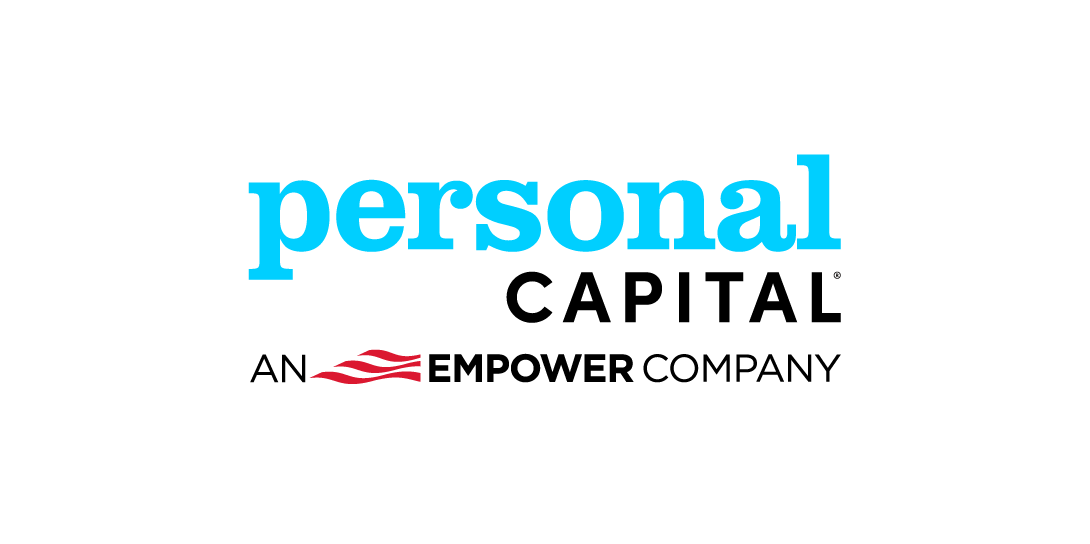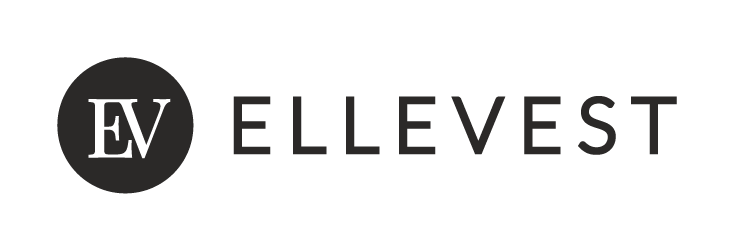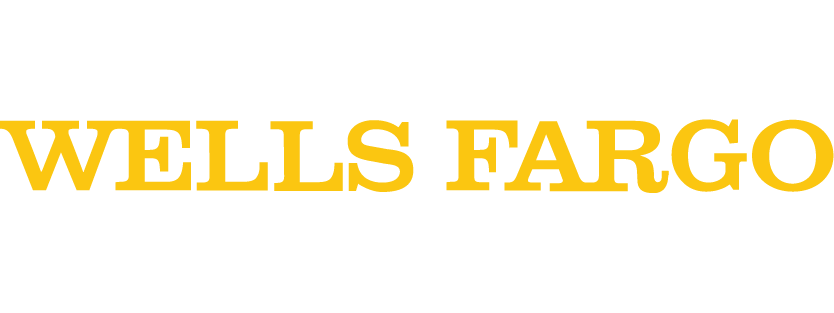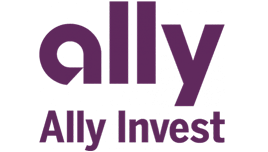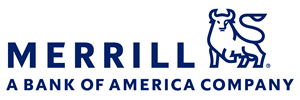Wealthfront review 2024
The Bankrate promise
At Bankrate we strive to help you make smarter financial decisions. While we adhere to strict , this post may contain references to products from our partners. Here's an explanation for .
Wealthfront: Best for
- Sophisticated portfolio management
- Cost-conscious investors
- All-in-one financial accounts
Wealthfront is among the best robo-advisors in the industry thanks to its wide offering of low-cost investments and premium features such as tax-loss harvesting. Wealthfront’s comprehensive offering is reasonably priced and will cost you less than many robo-advisors who don’t offer the same high level of service.
You’ll get a customized portfolio that comes with the ability to use socially responsible funds or even cryptocurrency funds, if you’d like. You can also invest in individual stocks, a rarity among robo-advisors. Wealthfront’s cash management account is another top feature and you can use a planning tool to automate bill pay, investing and more.
If you’re looking for access to human advisors, you’ll want to consider Schwab Intelligent Portfolios or SoFi Automated Investing. Betterment also offers human advisor access, but like many robo-advisors it comes at a premium cost.
Wealthfront was named the top cash management account and the best investing app in the 2024 Bankrate Awards.

We want to know what you think about Wealthfront
Do you have experience with Wealthfront? Let us know your thoughts.
Wealthfront: In the details


Pros: Where Wealthfront stands out
Portfolio management
Wealthfront distinguishes itself in how it manages your portfolio, offering features that are atypical among robo-advisors. You can quickly sign up for an account, and you’ll run through a few questions on your risk tolerance and timeline, and then Wealthfront builds you a portfolio. You can move on or change your responses to the questions and receive a new portfolio or otherwise adjust the allocations in the portfolio to your own preferences.
Wealthfront has expanded the range of investments that clients can buy, and it’s well beyond what most robo-advisors offer. Where clients were previously limited to a solid core selection of low-cost funds within an expert-built portfolio, Wealthfront now allows clients to invest in the following:
- Low-cost funds in a professional portfolio
- Socially responsible, or ESG, funds
- Cryptocurrency funds
- A range of other sector or niche funds (such as commodity and tech ETFs)
- Individual stocks
You can even bring your portfolio over from a traditional broker, and Wealthfront will manage that. It also now allows clients to buy individual stocks in a stock account, and you’ll be able to purchase fractional shares of them, too.
If you have more than $100,000 with Wealthfront, you can gain access to the robo-advisor’s in-house risk-parity fund. The fund’s goal is to achieve better returns for the risks you’re taking. It costs 0.25 percent annually, or $25 for every $10,000 invested, and Wealthfront may put up to 20 percent of larger portfolios in the fund. Wealthfront estimates that it raises a portfolio’s average expense ratio by about 0.03 percent annually, or $3 for every $10,000 invested. While the fund creates a conflict of interest for Wealthfront, clients can opt out of the proprietary fund when they sign up or at any time.
If your taxable portfolio has more than $500,000, you’ll be able to access Wealthfront’s smart beta feature. This strategy weighs the stocks in your portfolio to increase your return, based on a variety of factors that may drive higher gains. There’s no extra charge for this service.
Given the complexity of the strategies, Wealthfront’s website does a great job of disclosing how they work and why you might want them, so you know exactly what the robo-advisor is doing.
Bankrate Staff Insight
“One of the cool things about Wealthfront is how much you can do in the app,” says a Bankrate staffer who personally uses the Wealthfront app. “Wealthfront manages my investments in an automated portfolio with a risk level that I’m comfortable with, and the cash account offers a top interest rate, so it’s a great place to hold cash while I wait to invest. Recently, they added the ability to buy individual stocks, so I can now add a few tech stocks to supplement the portfolio they already run. It’s just too convenient to be able to do so much in a single app.”
Stock investing
Wealthfront recently introduced the ability to trade individual stocks and ETFs at no commission, giving you yet another reason to consolidate your financial life with the company. The ability to trade stocks is a less common feature for a robo-advisor, and positions the company somewhere between robo-advisor and stock broker, meaning you’ll be able to get the best of both worlds. And with individual stocks, you’ll be able to buy fractional shares, as noted.
You can easily mix and match your investments, if you want to own both. For example, if you’d like Wealthfront to manage most of your money, you could set aside, say, 10 percent to buy individual stocks, while the robo-advisor manages the remainder. You’ll have total flexibility to adjust the portfolio as you see fit.
Robust cash management account
With robo-advisors, it’s easy to focus on the fact that they manage your investment accounts. But the better ones also add in a cash management account, and the very best make it as fully featured as the best fintech banking apps. That’s the case with Wealthfront’s cash management account.
Wealthfront’s account seems to do it all – so much so that you might consider relinquishing your traditional bank account:
- Earn interest on your cash
- Bill pay, check deposit and check writing
- Debit card and more than 19,000 no-fee ATMs
- Access to your direct-deposit paycheck up to two days in advance
- No monthly account or overdraft fees
- Unlimited free transfers
You’ll also receive FDIC insurance for up to $8 million in cash through Wealthfront’s partner banks in individual accounts, or $16 million in joint accounts. Following some instability in the banking industry, the robo raised these limits multiple times in 2023, ensuring that those holding a large amount of cash at Wealthfront are protected well beyond the traditional FDIC limits. Wealthfront’s cash management account is at the top among robo-advisors.
It’s worth noting that Wealthfront’s cash management account is regularly one of the best accounts for those looking for top interest rates on their money. If the Federal Reserve raises interest rates, Wealthfront regularly adjusts its rates higher, too. Of course, the same goes if the central bank lowers its rates. The upshot for clients, however, is that you don’t have to run around searching for the best savings accounts and can rest easier knowing you’re receiving among the best rates out there.
Tax-loss harvesting
Wealthfront’s tax-loss harvesting may be the best in the industry, and the company touts its ability to recoup the advisory fee for more than 95 percent of its clients in the form of tax savings. Tax-loss harvesting is available for any taxable account, not just those with a certain balance.
As a refresher, tax-loss harvesting is when you sell a losing investment to gain a tax advantage and offset other gains. It’s a time-tested (and legal) method of reducing your tax bill, and having a computer optimize your portfolio is much more efficient than having a human manage it.
Wealthfront says that the estimated median after-tax benefit is 4.6 times the advisory fee. So if you’re investing in an aggressive portfolio, you’re likely to recoup your 0.25 percent fee by four times or more.
Wealthfront also offers a more sophisticated form of harvesting for portfolios between $100,000 and $500,000. It’s called stock-level tax-loss harvesting. In its portfolios, Wealthfront replaces the U.S. stock fund with its constituent stocks, so it can take tax losses on the individual stocks rather than on the fund as a whole. (Larger portfolios have access to its smart beta program.)
Self-Driving Money
Want to remove the stress of paying bills and never miss a payment deadline? What about having your investments take care of themselves? Wealthfront has a solution – what it calls Self-Driving Money. You’ll need a Wealthfront cash account set up with direct deposit and your outside accounts linked, but then the robo-advisor can automate your financial life.
You could have Self-Driving Money route money from your cash account to bills and then into various savings or investment accounts. You set it up how you want your money managed, including having different goals such as an emergency fund or a down payment. You can specify how much you want to move into your investment account, and then it’s routed instantly to the account and invested immediately. You automate it all and then sit back.
It’s a neat feature that keeps your financial life in order, and by automating your investing it even helps keep your emotions out of the process, theoretically improving your returns.
Generous portfolio line of credit
Another great feature is Wealthfront’s portfolio line of credit, which allows you to take a margin loan against a portfolio’s value, much as you could at a typical brokerage. You’ll need at least $25,000 in a taxable individual, joint or trust portfolio to take advantage. You can access up to 30 percent of your account’s value and have the money deposited in one business day.
The rates are surprisingly good — based on the federal funds rate plus a markup. If your net balance (deposits minus withdrawals) is less than $500,000, you’ll pay a markup of 3.6 percent. But the rate falls as your net balance grows, with the markup declining to 2.35 percent for loans of more than $1 million.
You won’t need a credit check or see a hit to your credit score, and you’ll know in less than a minute. Like a margin loan, you can pay back the line of credit as you see fit, with no fixed repayment schedule. But if the value of your portfolio falls significantly, you’ll need to repay some of the loan or Wealthfront will liquidate some of your positions, as is typical in the industry.
Comprehensive wealth-planning tool
Whether you become a paying Wealthfront customer or not, you’ll be able to access its Path financial planning tool. You can start building your financial plan and getting your financial accounts in order.
You can use the tool to automatically load all the information from your accounts into the planner. That’s not only brokerage accounts or retirement accounts, but also bank accounts, credit cards and even your mortgage. You won’t have to manually update anything either.
You’ll be able to project your net worth over time, establish financial goals (a house, college tuition, retirement) and see how financial decisions may affect each of these goals. Will you have enough to retire? How will buying that new car affect your overall financial picture? You don’t just get a “yes” or “no,” and you’ll see the effects on your wealth in a graphic.
To measure your potential future financial position, the planning tool pulls in third-party data on retirement spending, earnings growth, property prices and estimated college costs. Then you’ll get detailed estimates of future costs so you can make informed decisions about how to act.
It’s a spiffy tool that allows you to easily make adjustments and see the results of your decision.
Cons: Where Wealthfront could improve
Access to human advisors
Wealthfront’s customer support is available by phone from 10 a.m. to 8 p.m. Eastern and typically responds to emails within one business day. Team members all have Series 7 licenses, and several hold further designations such as the chartered financial analyst (CFA) or certified financial planner (CFP), the latter of which is a fiduciary tasked with acting in your best interest.
If there’s a downside, it’s that Wealthfront doesn’t offer unlimited access to planning from a human advisor. (A growing number of robo-advisors do – but often at much higher prices.) That said, most clients will have absolutely no concerns, and a useful online help center can walk you through the vast majority of issues. For all those non-routine tasks, you still have the customer support team.
Account minimum
Wealthfront requires an initial $500 to get started with its robo-advisor – and that is higher than many rivals who allow you to get in for no account minimum. That’s a small negative and it’s nitpicking, given the range of Wealthfront services offered at a reasonable price. But it is lower than comparable robo-advisors such as Schwab Intelligent Portfolios, which requires an initial $5,000 for its base level service and even more for its premium tier.
That said, you can access Wealthfront’s planning tool at no cost or establish a Wealthfront cash management account for just a $1 deposit, and then build toward the robo-advisor account.
No fractional shares in managed portfolios
Wealthfront doesn’t let you buy fractional shares of ETFs in your managed portfolio, meaning you may not get fully invested right away. That may matter less if you have a lot of money in the account, but when you’re just starting out it can take a while to build up enough cash to be meaningfully invested. You want your money working for you as long as you possibly can, and fractional shares help.
The lack of fractional shares in managed portfolios at Wealthfront is a demerit when several other major robos offer this feature. However, you still can buy fractional shares of stocks in your Wealthfront stock account.
Customer experience
Our writer’s take
One of the major benefits of robo-advisors like Wealthfront is that they do the work for you. You won’t have to worry about checking your portfolio regularly because Wealthfront monitors and automatically rebalances your portfolio when allocations differ from the desired amounts.
For investors who are more knowledgeable about portfolio management, it may be possible to achieve similar results to Wealthfront, while avoiding the annual management fee, if you choose to do it yourself. Some benefits like tax-loss harvesting don’t provide any value if they are done in tax-advantaged accounts such as an IRA.
Review methodology
Wealthfront customer reviews

Wealthfront has 21 reviews
Dive into community reviews below and see what others think about Wealthfront.
In July 2024, Bankrate collaborated with a third-party vendor to survey 800 brokerage and robo-advisor account holders nationwide. Bankrate and our vendor collected and summarized account holder responses to five rating questions on a 5-point scale as well as open-ended reviews of the account experience. Responses are based on individual account holder product details, and therefore cannot be verified for accuracy. User ratings are unedited and have not been reviewed or approved by the associated brokerage or robo-advisor, nor do these responses reflect Bankrate's own expert review of these banking products.
Community Reviews
Thank you for sharing your experience with Bankrate










